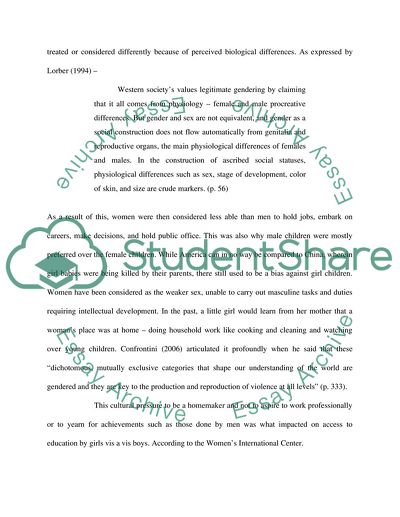Cite this document
(“Ending Gender Isolation: The Struggle for Equal Rights of Women in Essay”, n.d.)
Retrieved from https://studentshare.org/history/1434388-ending-gender-isolation-the-struggle-for-equal-rights-of-women-in-america
Retrieved from https://studentshare.org/history/1434388-ending-gender-isolation-the-struggle-for-equal-rights-of-women-in-america
(Ending Gender Isolation: The Struggle for Equal Rights of Women in Essay)
https://studentshare.org/history/1434388-ending-gender-isolation-the-struggle-for-equal-rights-of-women-in-america.
https://studentshare.org/history/1434388-ending-gender-isolation-the-struggle-for-equal-rights-of-women-in-america.
“Ending Gender Isolation: The Struggle for Equal Rights of Women in Essay”, n.d. https://studentshare.org/history/1434388-ending-gender-isolation-the-struggle-for-equal-rights-of-women-in-america.


